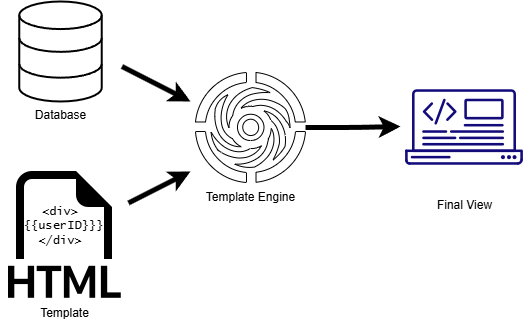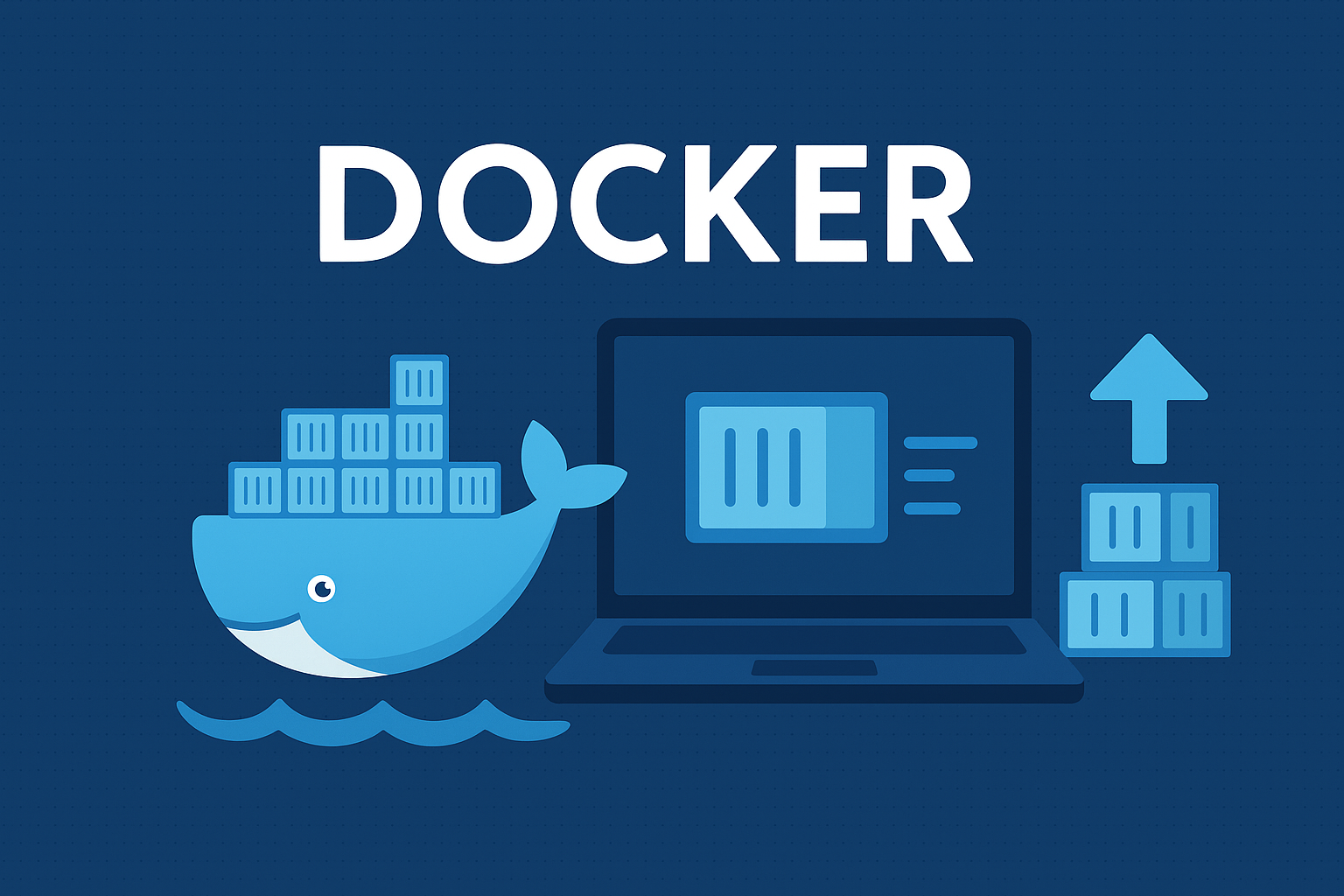What is a Template Engine?
A template engine is a tool used to generate dynamic views for users. It combines static templates—typically written in HTML or templating languages like EJS or Handlebars—with dynamic data to render the final output seen in a web browser.

For example, when a user logs into their account, a welcome or home page is served. This page might display the user’s name, gender, and location. A template engine retrieves the base HTML template for the home page and merges it with the corresponding data from a database to produce the final view delivered to the user.
Template engines like EJS and Handlebars operate on the server side (Server-Side Rendering or SSR). They generate and render content before it’s sent to the browser. This enables dynamic content generation, but each time new data is needed, the entire page is typically re-rendered and reloaded.
In contrast, when building highly interactive applications, developers often use front-end frameworks such as React, Angular, or Vue.js. These frameworks have their own client-side template engines and allow partial page updates without refreshing the entire page. This approach, known as Client-Side Rendering (CSR), offloads rendering work to the browser and results in a smoother, more dynamic user experience.
Template Engine vs. Front-End Framework: A Practical Example
Imagine building a simple TODO list application. If you’re using a server-side template engine like EJS, each time a user adds or removes an item, a request must be sent to the server. The server processes the change, updates the database, and re-renders the entire page with the new list. This reload can impact performance and user experience.

While you can enhance this with AJAX and jQuery to update the DOM dynamically, the codebase can become harder to manage as the application grows. Scalability should be taken into consideration for any application you develop.
On the other hand, if you build the same app using a front-end framework like React or Angular, the UI can update in real time as the user interacts with it. The framework handles the UI logic and rendering on the client side. Only the necessary data is sent to or requested from the server, which reduces server load and improves performance.
Front-end frameworks also support component-based architecture, which makes it easier to organize and scale your codebase. They are particularly effective for building Single Page Applications (SPAs) that offer a seamless and responsive user experience.
Conclusion
Whether you choose a template engine or a front-end framework depends on your project requirements, technical expertise, and desired user experience. Template engines are ideal for simpler applications and traditional MVC patterns, providing straightforward server-side rendering. Front-end frameworks, meanwhile, excel at building rich, interactive UIs with efficient client-side rendering.
Ultimately, the right choice should support a clean development process and deliver the best experience for your users.


0 Comments